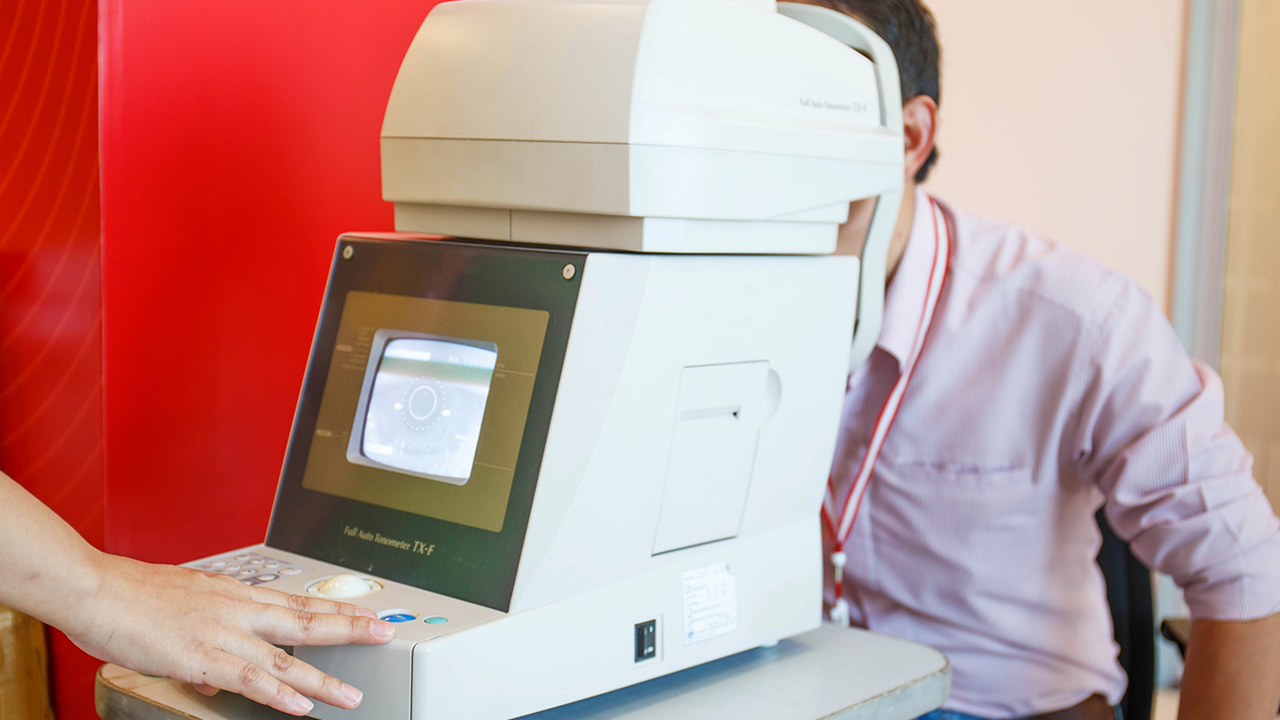How to Treat Allergic Cough and Asthma in Babies: A Comprehensive Guide

Introduction
Allergic cough and asthma are common respiratory conditions that affect infants, causing significant discomfort and potential health complications. Understanding the causes, symptoms, and appropriate treatment options is crucial for parents and caregivers to manage these conditions effectively. This comprehensive guide will provide a detailed overview of allergic cough and asthma in babies, including their triggers, symptoms, diagnosis, and treatment strategies.
Understanding Allergic Cough
An allergic cough is a type of persistent cough triggered by an allergic reaction to specific substances. In infants, common allergens include:
Dust mites
Animal dander
Pollen
Mold spores
Food allergies
When an infant's immune system encounters these allergens, it releases antibodies called immunoglobulin E (IgE). These antibodies bind to cells in the airways, causing them to release histamines and other inflammatory mediators. This inflammatory response leads to airway constriction, mucus production, and the characteristic cough.
Symptoms of Allergic Cough
Allergic cough in babies typically presents with the following symptoms:
Prolonged, hacking cough, especially at night or early morning
Clear or white-colored mucus
Watery or itchy eyes
Sneezing
Wheezing or difficulty breathing in severe cases
Treatment for Allergic Cough
Treating allergic cough involves identifying and avoiding the triggers, controlling inflammation, and reducing the severity of symptoms.
Avoidance of Triggers: The most effective treatment is avoiding exposure to allergens that trigger the cough. This may involve using hypoallergenic bedding, keeping pets out of the baby's bedroom, removing mold from the home, and avoiding exposure to pollen during high allergen seasons.
Medications: Over-the-counter medications may be used to alleviate symptoms and reduce inflammation. These include:
Antihistamines, such as diphenhydramine (Benadryl) or cetirizine (Zyrtec)
Leukotriene inhibitors, such as montelukast (Singulair)
Nasal corticosteroids, such as fluticasone (Flonase) or budesonide (Pulmicort)
Bronchodilators: For babies with severe coughing or wheezing, bronchodilators may be prescribed to open the airways. These medications are typically inhaled using a nebulizer or spacer.
Understanding Asthma
Asthma is a chronic respiratory condition characterized by inflammation and narrowing of the airways. It is caused by a combination of genetic and environmental factors.
Types of Asthma in Babies
In infants, asthma can be classified into three main types:
Atopic asthma: The most common type, triggered by allergens such as dust mites, pollen, and animal dander.
Non-atopic asthma: Triggered by non-allergic factors such as respiratory infections, smoke, or exercise.
Mixed asthma: A combination of both atopic and non-atopic triggers.
Symptoms of Asthma
Asthma in babies may present with the following symptoms:
Recurrent wheezing, especially during exercise, crying, or laughter
Cough that worsens at night or early morning
Difficulty breathing or shortness of breath
Chest tightness or pain
Fatigue or irritability
Diagnosis of Asthma
Diagnosing asthma in infants can be challenging due to the difficulty in obtaining a comprehensive medical history and performing lung function tests. However, a doctor may consider the following criteria:
Recurrent episodes of wheezing or coughing
Absence of other underlying medical conditions that could explain the symptoms
Family history of asthma or allergies
Positive response to bronchodilators
Treatment for Asthma
Treatment for asthma focuses on controlling inflammation, opening the airways, and preventing future attacks.
Medications: Infants with asthma may be prescribed a variety of medications, including:
Inhaled corticosteroids, such as fluticasone or budesonide
Bronchodilators, such as albuterol or salmeterol
Leukotriene modifiers, such as montelukast
Asthma Action Plan: An individualized plan that outlines specific steps for managing the infant's asthma, including medication dosages, triggers to avoid, and when to seek medical attention.
Environmental Control: Similar to allergic cough, avoiding asthma triggers is crucial. This includes eliminating allergens, reducing exposure to smoke and pollutants, and maintaining a clean and well-ventilated home.
Preventing Allergic Cough and Asthma
While it is not always possible to prevent allergic cough and asthma, certain measures can help reduce the risk:
Breastfeeding exclusively for the first six months of life
Introducing solid foods gradually and avoiding potential allergens until the infant is older
Maintaining a clean and allergen-free home
Avoiding exposure to respiratory infections
Quitting smoking during pregnancy and not exposing the infant to secondhand smoke
When to Seek Medical Attention
Parents and caregivers should seek medical attention if their baby experiences any of the following:
Persistent coughing or wheezing that does not improve with over-the-counter medications
Difficulty breathing or shortness of breath
Chest pain
Fatigue or lethargy
Blue or gray lips or fingernails
Conclusion
Allergic cough and asthma in babies can be effectively managed with proper diagnosis and treatment. Understanding the causes, symptoms, and available medications is essential for parents and caregivers to provide their infants with the best possible care. By implementing appropriate treatment strategies and avoiding triggers, babies with allergic cough and asthma can lead full and active lives.
The above is all the content that the editor wants to share with you. I sincerely hope that these contents can bring some help to your life and health, and I also wish that your life will be happier and happier.
Tags: #treat #allergic #how














